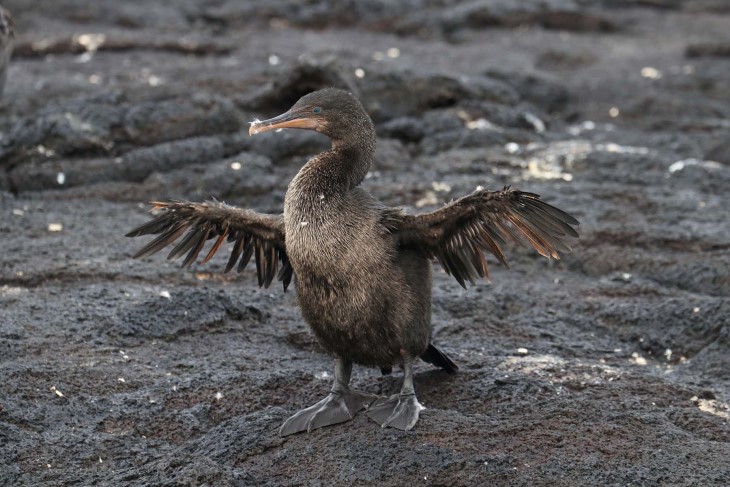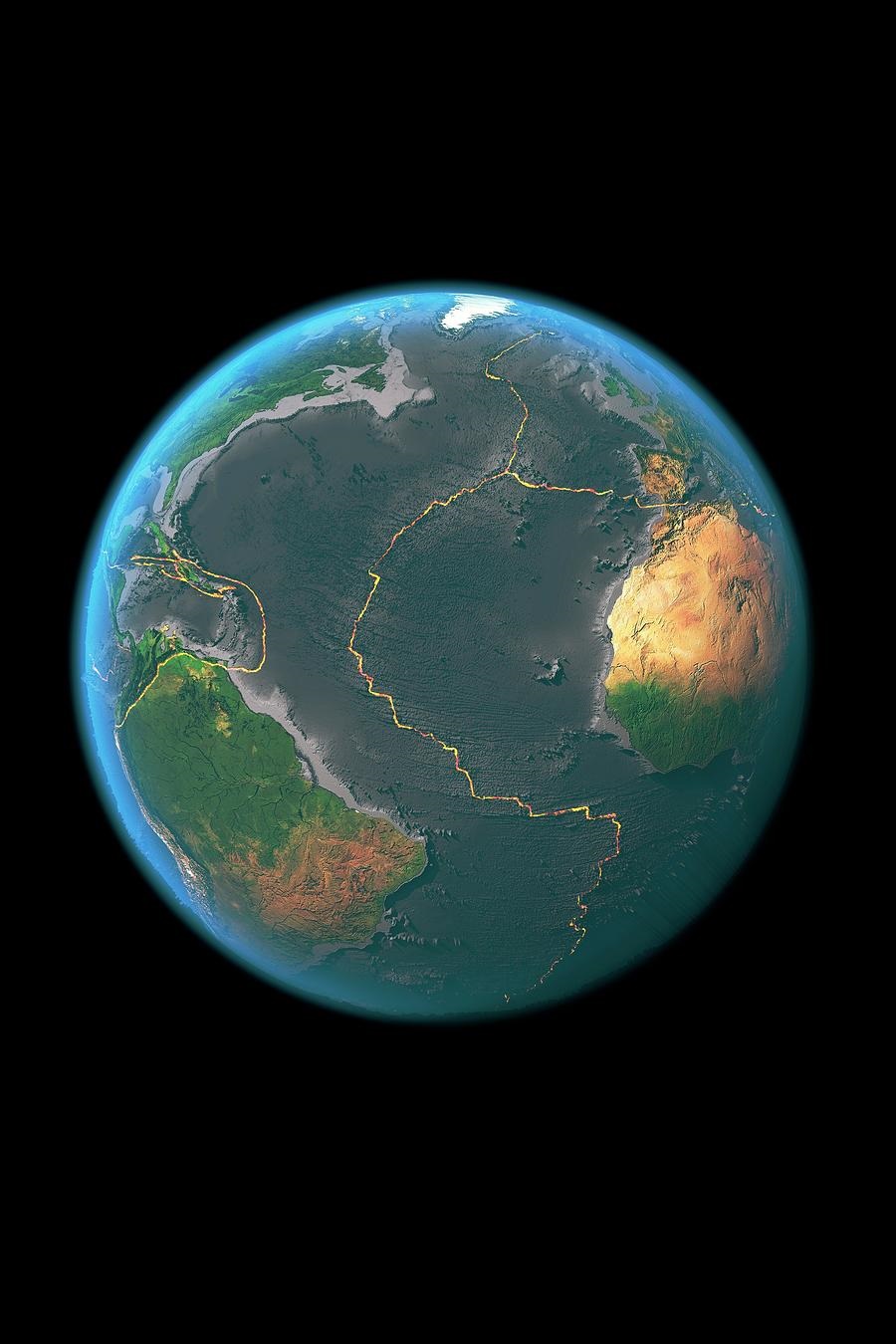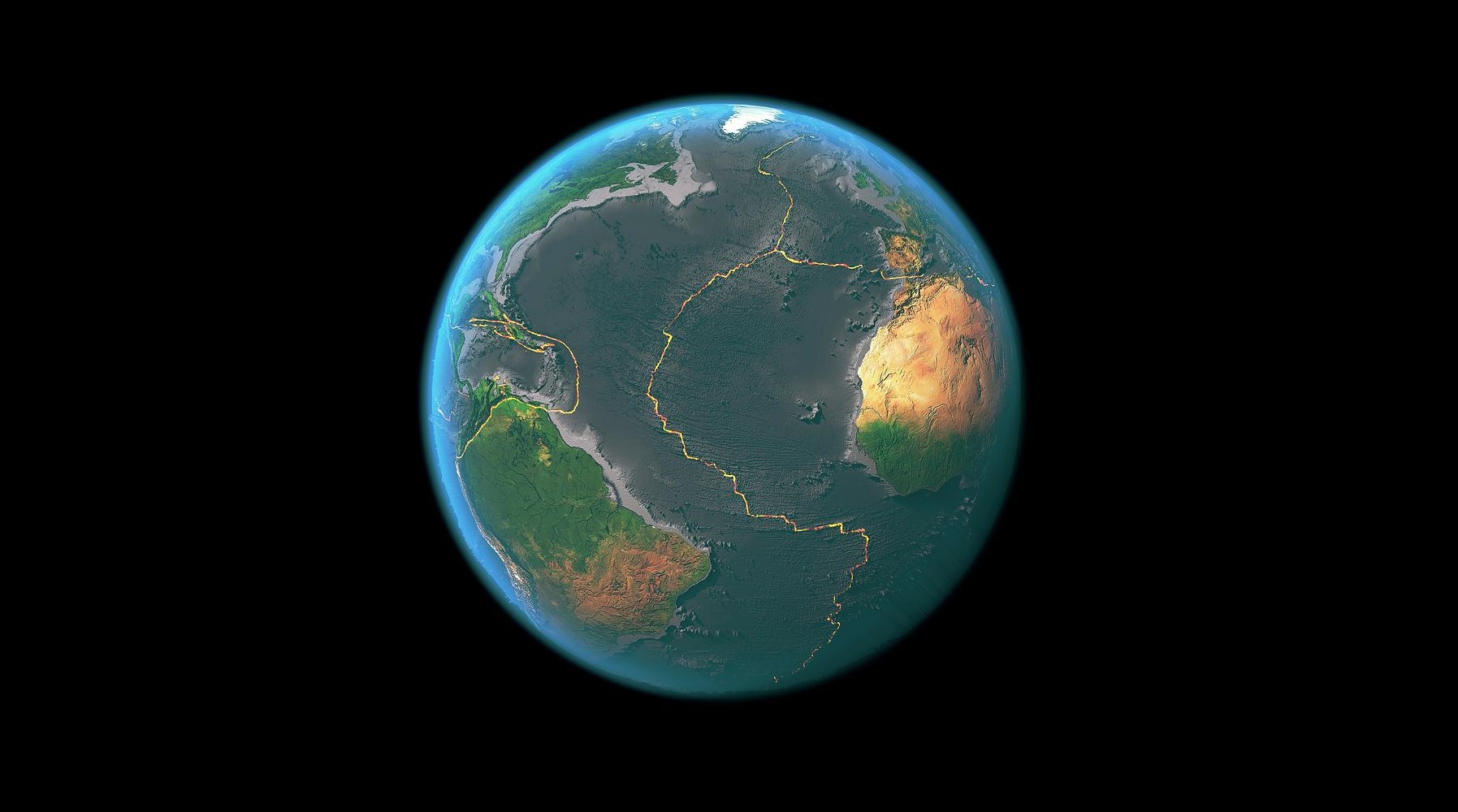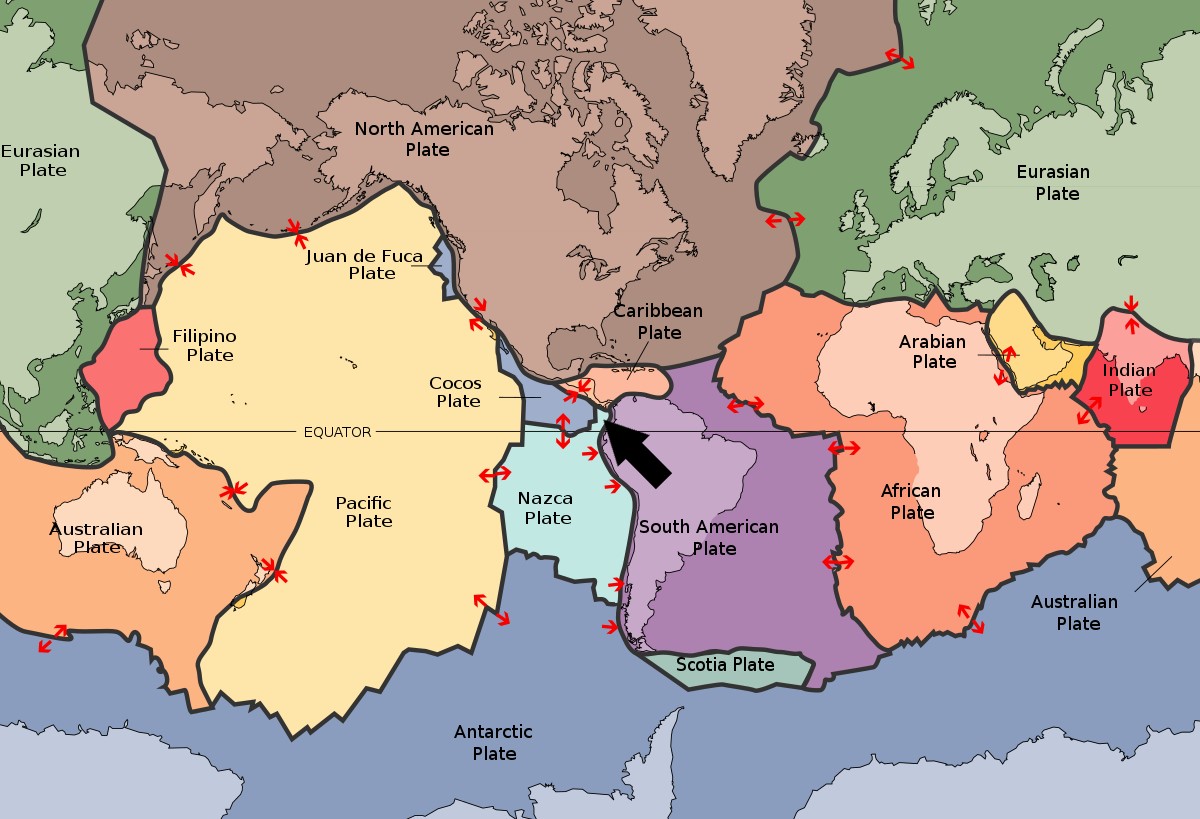
SIGN UP TO RECEIVE
15% OFF
IN YOUR NEXT TOUR

Geologist just found Earth’s 57th tectonic plate
SCROLL DOWN TO READ

Geologist just found Earth’s 57th tectonic plate
SCROLL DOWN TO READ
Geologist just found Earth’s 57th tectonic plate
Scientists have discovered a small tectonic plate (microplate) located off the coasts west of Ecuador and Colombia (along the ring of fire) which they call Malpelo. It is named after Malpelo Island, the only emerged part of the plate and an underwater ridge it contains, is the 57th plate to be discovered and the first in nearly a decade, say the researchers led by Rice University geophysicist Richard Gordon.
Malpelo tectonic plate was discovered studying the movements of other plates and their evolving relationships to one another as the plates move at a rate of millimeters to centimeters per year. It’s wedged in-between the Nazca, Cocos, and Caribbean Plates, along the huge Pacific plate that roughly defines the volcanic Ring of Fire is one of about 10 major rigid tectonic plates that float and move atop Earth’s mantle, which behaves like a fluid over geologic time. Interactions at the edges of the moving plates account for most earthquakes experienced on the planet.

The largest tectonic plates, like the South American or Pacific, are quite easy to spot. Marked by enormous ocean ridges, volcanic ranges, or oceanic abyss, they can clearly be measured moving one way or the other at roughly the same speed, all across their colossal breadth. On the contrary, smaller ones are a little trickier to see, as their movements are partly influenced by the more dominant massive ones. This was the case with the Malpelo Plate, which at first had to be detected indirectly, being this the reason for which it remained imperceptible and assumed to be part of the Nazca Plate.

The Pacific plate pushes Nazca and Cocos eastward; but in between these last two, there was something that changed this behavior and moved in a different direction. Scouring through sonar recordings stored in Columbia University databases, the team found that between the Galapagos Islands and the coast of Ecuador lay a oceanic ridge. Putting all the pieces together, they realized that they had discovered a new tectonic plate that runs from the Panama Transform Fault (PTF) eastward to where the boundary intersects a deep oceanic trench just offshore of the South American coast, north of the Galapagos Islands.
